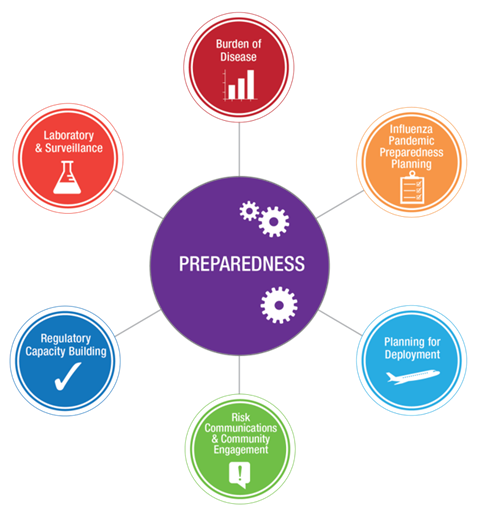Mid-term review of the High-Level Implementation Plan II of the Pandemic Influenza Preparedness Framework

Overview
The Pandemic Influenza Preparedness Framework for the sharing of influenza viruses and access to vaccines and other benefits (‘PIP Framework’ or ‘Framework’) is an international arrangement adopted by the World Health Assembly (WHA) in May 2011 to improve global pandemic influenza preparedness and response. The Framework establishes a Pandemic Influenza Preparedness (PIP) Benefit Sharing System that includes an annual Partnership Contribution (PC) of US$28 million to WHO from influenza vaccine, diagnostic, and pharmaceutical manufacturers using the WHO Global Influenza Surveillance and Response System (GISRS). The funds are to be used for improving pandemic influenza preparedness and response and are allocated against priorities and activities outlined in the High-Level Implementation Plan II (HLIP II) which runs from 2018 to 2023.
The Mid-Term Review (MTR) covers the period January 2018 to December 2020 and, in line with the advice and steer given by the PIP Advisory Group (AG) at the October 2020 meeting, focuses on: A) hinderances to implementation and necessary mid-course adjustments; and B) implementation of HLIP II during the ongoing COVID-19 pandemic highlighting operational gaps and opportunities to catalyze pandemic preparedness and response. The MTR brings together the views of a range of important stakeholders from external expert groups, industry, civil society and WHO staff from headquarters, the regions and country offices involved in implementation of the HLIP II.
Disclaimer: This independent external evaluation was commissioned by the World Health Organization. The author alone is responsible for the views expressed in this report and does not necessarily represent the decisions, policy or views of the World Health Organization.
